Articles by Lynda Charters
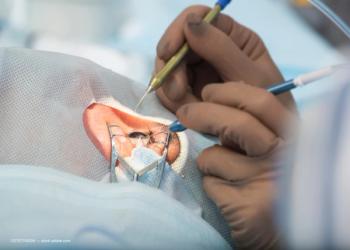
Yusuke Oshima, MD, PhD, in a presentation at the 38th Asia-Pacific Academy of Ophthalmology Congress, Kuala Lumpur, Malaysia, discussed the advantages of using a beveled-tip ultra-speed probe for complete vitreous shaving during retinal detachment vitrectomies.

In a presentation at the Asia-Pacific Academy of Ophthalmology Congress in Kuala Lumpur, Malaysia, Kyoko Ohno-Matsui, MD, PhD, noted that changes of scleral curvature and staphyloma edge development may occur in synchronicity.
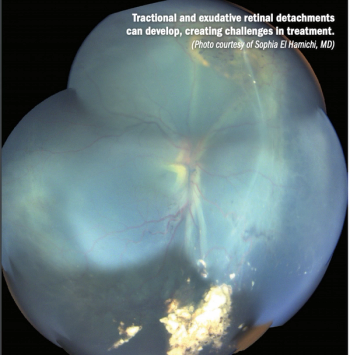
Watchful waiting may prove to be beneficial in complicated cases
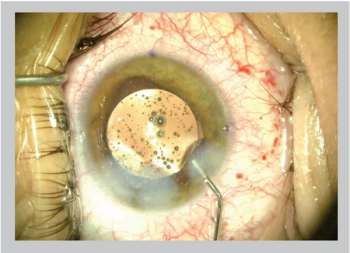
Options can reduce the treatment burden for patients, leading to improved outcomes

Researchers must weigh emotional, financial, and reputational considerations
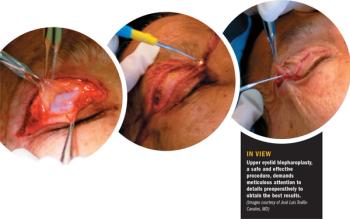
No cookie-cutter procedure, UEB can improve patients’ visual fields by more than 25%
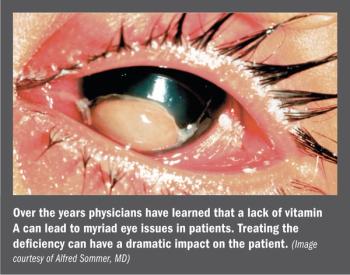
Centuries of research show treating deficiencies can have dramatic impact

A trifocal diffractive intraocular lens (FineVision IOL, PhysIOL) reduces spectacle dependence after cataract surgery and provides patient satisfaction.

Fibrin glue might be a potential cause of toxic anterior segment syndrome (TASS).

Phototherapeutic keratectomy (PTK) provides excellent visual outcomes in patients with irregular astigmatism and corneal opacity.

Use of imaging in clinical practice offers clinicians a number of advantages for following patients with glaucoma, perhaps most importantly the ability sometimes to detect damage before it is apparent on fundus photographs, objective rates of glaucoma progression, and the ability to predict the patients who are at high risk of functional impairment. Robert N. Weinreb, MD, talked about how imaging and clinical practice are a good fit.

Myopia with astigmatism can be treated by performing myopic LASIK and LASEK using a high-speed excimer laser (Schwind Amaris 750S).

Optic neuritis in juvenile neuromyelitis optica (NMO) Optic neuritis treatments vary greatly for NMO and MS

Bevacizumab (Avastin, Genentech) monotherapy for zone I retinopathy of prematurity (ROP) might have potential for treating pre-term infants who are in phase II of the pathogenesis of ROP.

A minimally invasive technique for the correction of refractive errors has good refractive predictability, is safe and effective, and has excellent stability up to 1 year postoperatively.

Intermittent diplopia often is not evident during presentation, which makes its diagnosis problematic.

Different approaches for correcting presbyopia are associated with various advantages and disadvantages.

Currently, no clear-cut guidelines exist for the use of steroids in patients who develop endophthalmitis.

A new foldable hydrophobic acrylic one-piece IOL provided good visual acuity to patients in a small pilot study with a short follow-up period.

The incidence of uveal melanoma in the United States has not changed substantially from 1973 to 2008.

The use of intravenous thrombolysis for treating patients with central retinal artery occlusion (CRAO) may be beneficial within a narrow clinical scenario, according to Valerie Biousse, MD, who pointed out the importance of very early intervention in patients with acute vision loss.

Implantation of presbyopia scleral implants (PresView, Refocus Group) using a scleral spacing procedure with limbal relaxing incisions is providing marked improvement in near vision in patients with presbyopia.

When a patient presents with an acute third-nerve palsy, what is the best course of action, and what is the most cost-effective way to reach a diagnosis? Susan Benes, MD, described various case scenarios to guide ophthalmologists with what often can be difficult cases.

The jury is still out on the effects of anesthesia in children who undergo surgery at a young age, according to Constance S. Houck, MD. Multiple animal studies have demonstrated neuroapoptosis and long-term learning deficits in young animals after administration of general anesthesia, but population-based studies in humans have been far less clear.

When confronted with acute hypertensive uveitis associated with elevated IOP, physicians should consider an infection, such as herpes simplex virus (HSV), cytomegalovirus (CMV), varicella zoster virus (VZV), toxoplasmosis, or rubella. Posner-Schlossman syndrome and Fuchs' hetrerochromic cyclitis are syndromes that probably are caused by these same infectious agents. Trabeculitis has been considered a possible mechanism.

The corrections following phacoemulsification and IOL implantation that are achievable today are a far cry from those commanded in the 1970s when 20/40 corrected bilaterally was considered an accomplishment following implantation of the early IOLs.

Epimacular brachytherapy was described as "interesting and encouraging" at the 2-year time point for treating exudative age-related macular degeneration that had been previously treated with anti-vascular endothelial growth factor injections.

Dry eye comes in a variety of guises and, once diagnosed, may require various therapeutic options.

Though advances have been made in achieving better functional vision in some patients with ocular injuries, the overall rates of improvements in visual acuity have remained static for three decades.

Nationally publicized outbreaks of Streptococcus endophthalmitis following intravitreal injection of bevacizumab resulted in a close look at the procedures used to prepare the drug.













.png)


